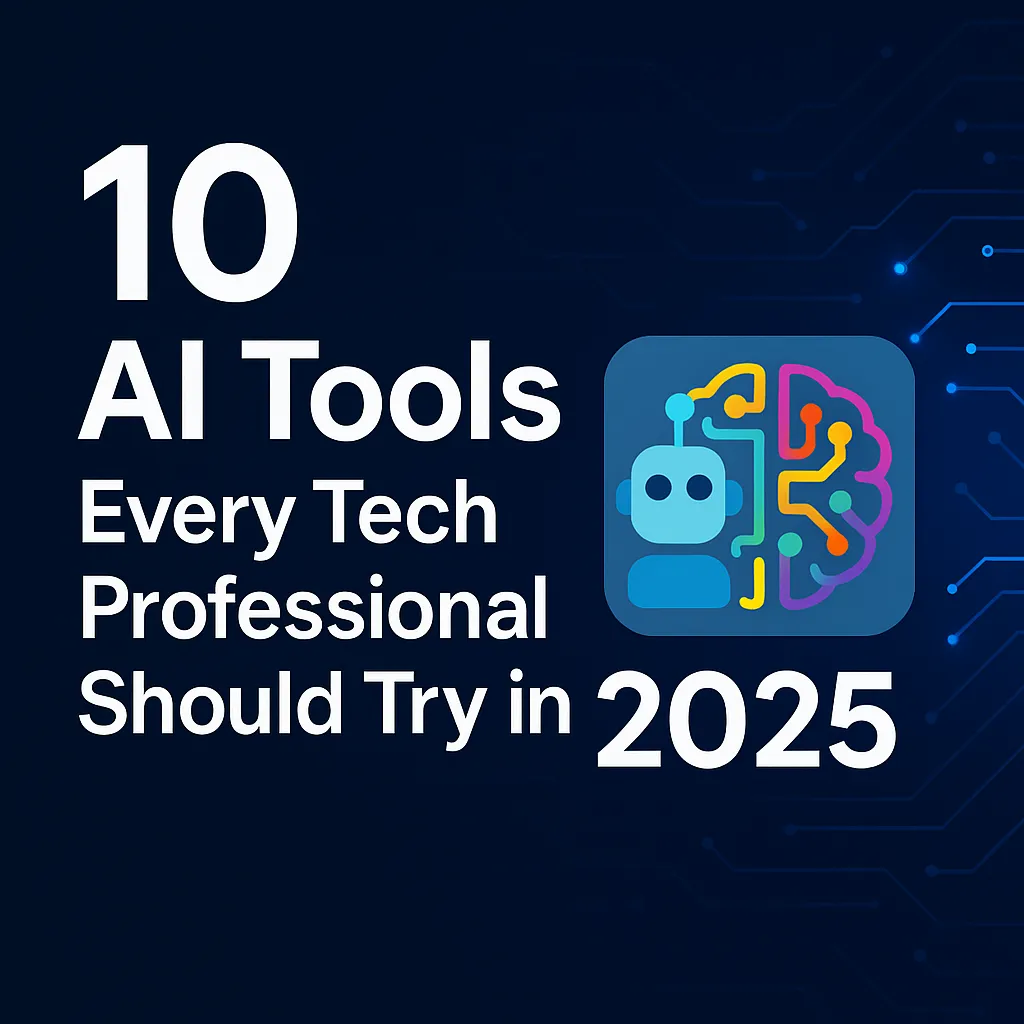Artificial intelligence is no longer a concept from science fiction. It is a powerful tool making real changes right now. This is especially true in our schools and universities. In this article, we explore in detail how AI is transforming education. From creating unique learning plans for every student to handling daily tasks for teachers, AI offers a major shift. Consequently, this change points to a smarter, more open, and personal way of learning. However, it also brings new challenges and important questions that we must consider carefully.
How AI is Transforming Education Through Personalization
One of the biggest changes AI brings to education is personalized learning. For a long time, classrooms used a single approach for all students. Yet, this method often fails to meet each student’s unique needs and learning speed. AI-powered platforms change this completely. For example, adaptive learning systems watch how a student performs in real time. They can see what a student finds easy and where they struggle. Then, the system adjusts the material instantly to help them improve.
In addition, intelligent tutoring systems (ITS) offer one-on-one help. These smart programs act like a personal tutor for every student. They provide guidance, answer questions, and give feedback. Because the system adapts to an individual’s learning style, it helps students understand difficult topics at their own pace. This tailored support is a key part of how AI is transforming education, ensuring no student is left behind.
Empowering Teachers: AI’s Impact on Administration
AI doesn’t just help students; it also greatly supports educators. Teachers often spend many hours on administrative work, which takes time away from teaching. Fortunately, AI tools can automate these repetitive tasks. This automation frees up teachers to focus on what matters most: helping students learn and grow. This is another fundamental way how AI is transforming education for the better.
Here are a few ways AI streamlines tasks for teachers:
- Quick Grading and Feedback: AI can grade quizzes and tests instantly. It can even review essays for grammar and structure, giving students fast feedback.
- Smart Lesson Planning: AI can help teachers find resources and create lesson plans that match curriculum goals. This saves valuable preparation time.
- Effortless Admin Work: Furthermore, AI can manage tasks like taking attendance, scheduling, and organizing student records, which reduces the daily paperwork for educators.
By handling these duties, AI allows teachers to spend more quality time with their students, offering personal support and creating a more lively classroom.
A Look at How AI is Transforming Education for Accessibility
Artificial intelligence is also making learning possible for more students than ever before. Specifically, it offers powerful tools for students with disabilities, creating a more inclusive learning space. Assistive technologies powered by AI help close learning gaps. For instance, speech-to-text tools can write down what a teacher says for students who have trouble hearing. Likewise, text-to-speech tools can read digital text aloud for students with vision impairments.
Moreover, AI can provide real-time language translation for students who are learning in a new language. This support helps them participate fully in class. By identifying and supporting the specific needs of all learners, these technologies show how AI is transforming education into a more equitable field for everyone.
Rethinking Assessment: AI’s Role in Feedback and Grading
The way we measure student learning is also changing thanks to AI. Instead of just a few big exams, AI allows for constant, helpful feedback. AI tools can track a student’s progress throughout a lesson. As a result, they can offer immediate tips on how to improve. This quick feedback loop helps students correct mistakes and learn much faster. This is a critical example of how AI is transforming education from simple testing to a continuous learning process.
Additionally, AI can make grading fairer. By using a consistent set of rules, AI removes human bias that can sometimes affect grades. This leads to a more objective and accurate picture of a student’s understanding. This shift helps build confidence and ensures every student is graded on their true performance.
The Evolving Teacher: A New Role in an AI-Driven World
The rise of AI does not mean teachers will be replaced. Instead, their role is changing for the better. As AI handles grading and planning, teachers can focus on the human side of education. They are becoming mentors, coaches, and guides. In this new role, teachers help students navigate their unique learning paths. A clear understanding of this shift is vital to seeing how AI is transforming education as a whole.
Educators can now dedicate more time to teaching skills that AI cannot, such as creativity, critical thinking, and collaboration. To succeed, teachers will need training on how to use these new AI tools effectively and ethically. This professional development is key to unlocking the full potential of an AI-powered classroom.
Future Frontiers: The Next Wave of AI in Learning
The story of AI in education is just beginning. Exciting new trends are on the horizon. For example, generative AI will create custom learning materials, from textbooks to quizzes, perfectly suited for each student. Also, the combination of AI with virtual reality (VR) and augmented reality (AR) will create amazing, hands-on learning experiences. Imagine walking through ancient Rome or exploring the human body from the inside. This is how technology is reshaping creativity and engagement in learning.
Furthermore, AI-powered virtual tutors and avatars may become common assistants in the classroom. As AI becomes a bigger part of our lives, schools will also begin to teach AI literacy. This will prepare students for a future where understanding technology is essential.
Navigating the Challenges of AI in the Classroom
Despite its many benefits, using AI in schools also comes with challenges that we must address. A major concern is student data privacy. AI systems collect a lot of student information, and it is crucial to keep this data safe and secure. You can learn more about these policies from official resources like the U.S. Department of Education’s Student Privacy page. Another issue is algorithmic bias. If an AI is trained on biased data, it might make unfair decisions that harm some students. This is a challenge many regions are trying to solve, as seen in discussions around Europe in 2025: Key News and Updates on Economy, Politics, and Life, where regulations are a key topic.
Finally, we must ensure that our focus on technology does not replace the important human connections in learning. The goal is to find the right balance. By creating clear rules, checking for bias, and protecting data, we can manage the risks. This careful approach is necessary to responsibly guide how AI is transforming education.
Conclusion: A Smarter Future for Learning
In conclusion, artificial intelligence is set to completely reshape the world of education. By providing personalized learning, saving teachers time, and making education more accessible, AI offers incredible promise. While we must carefully handle the ethical challenges, the potential benefits are immense. Understanding how AI is transforming education allows us to build a more effective and fair learning future for every student.

